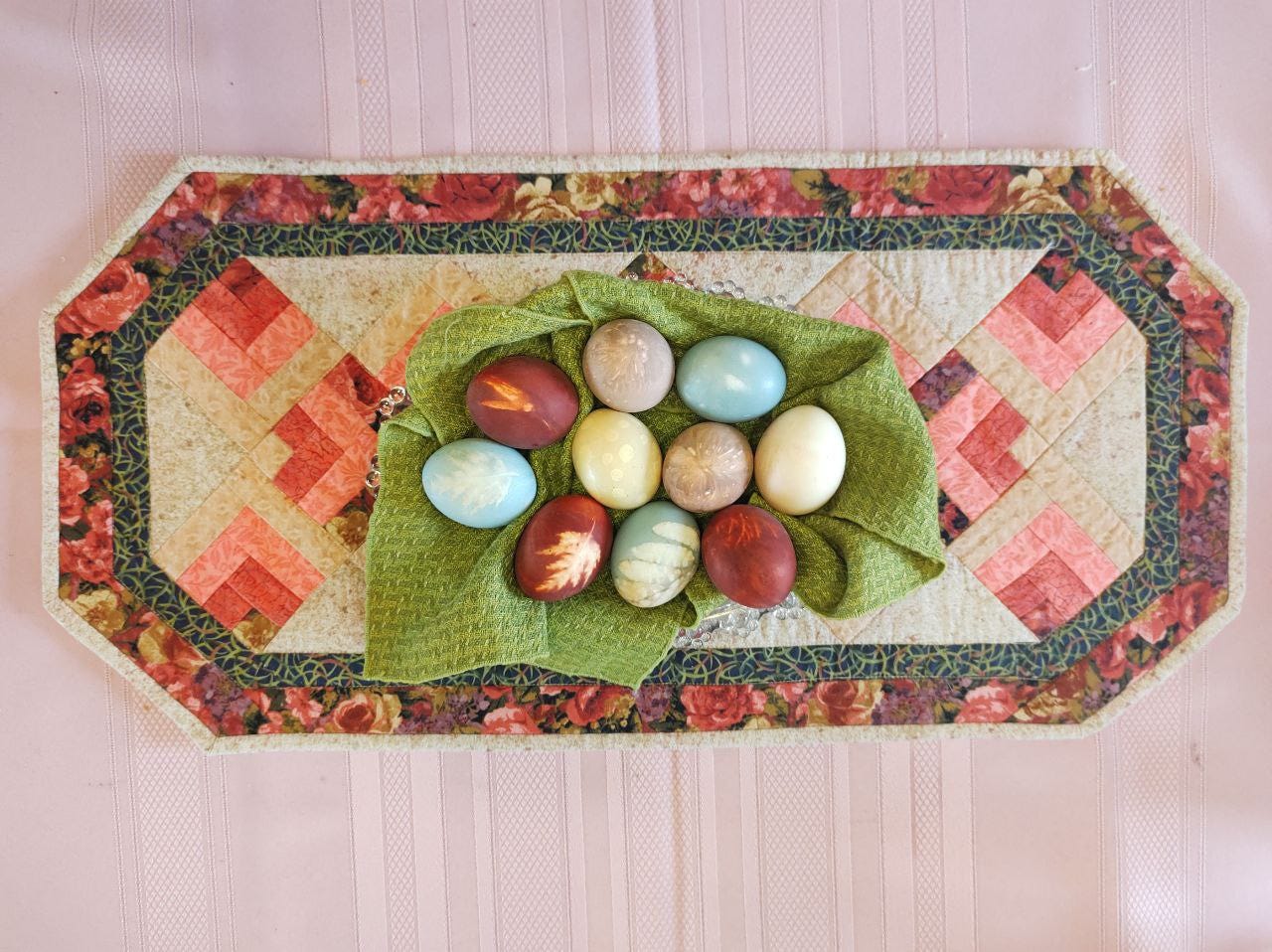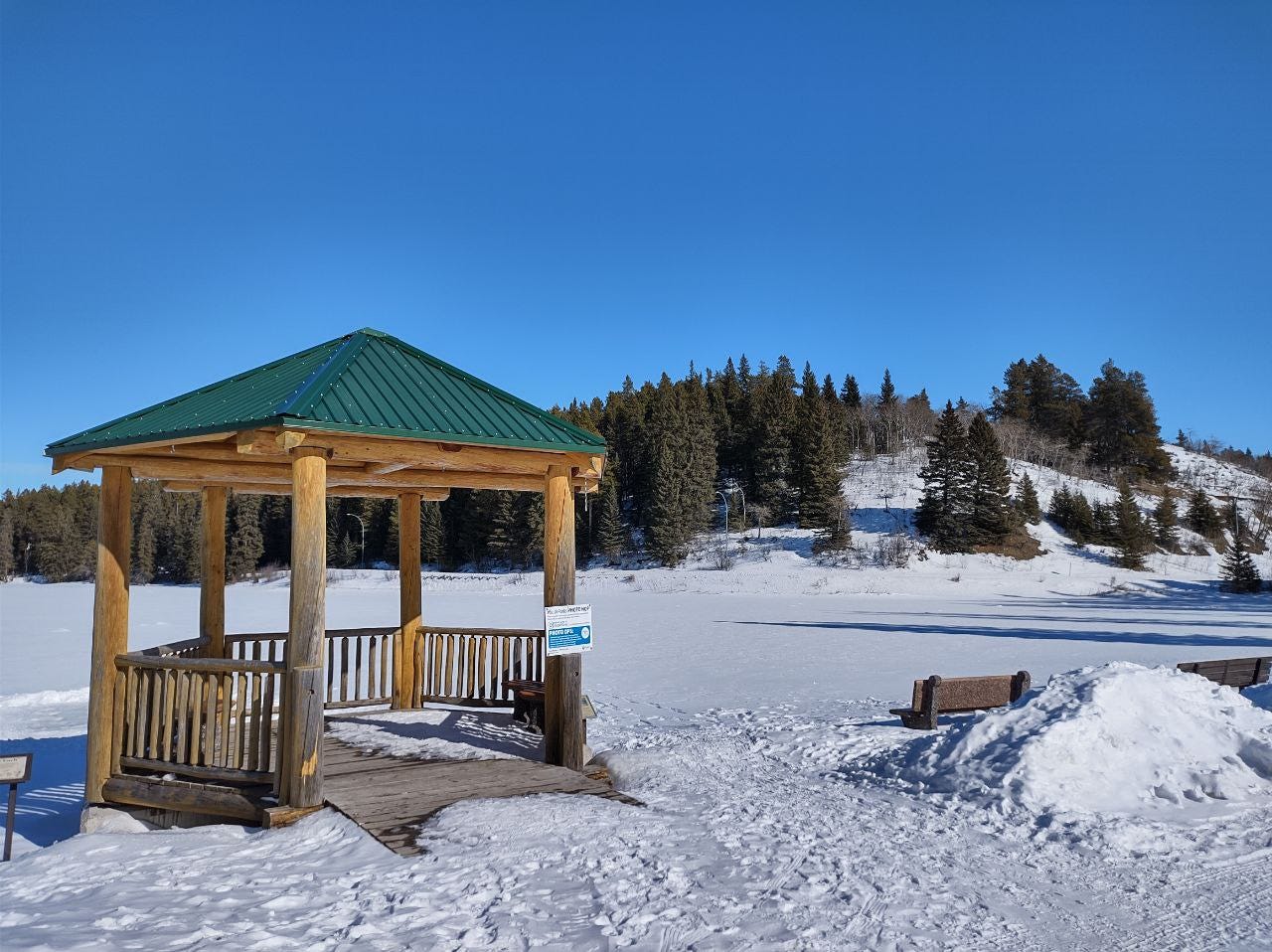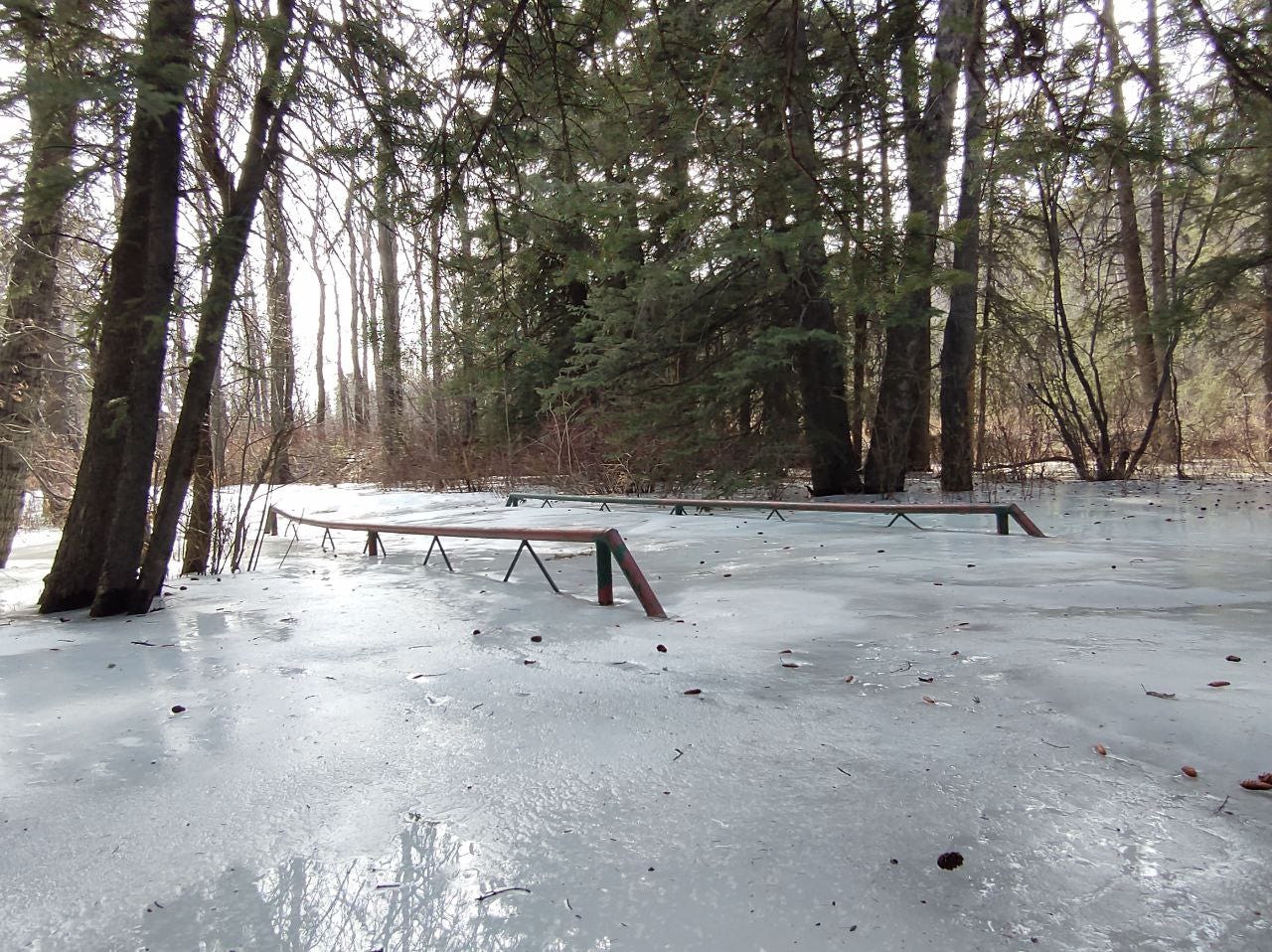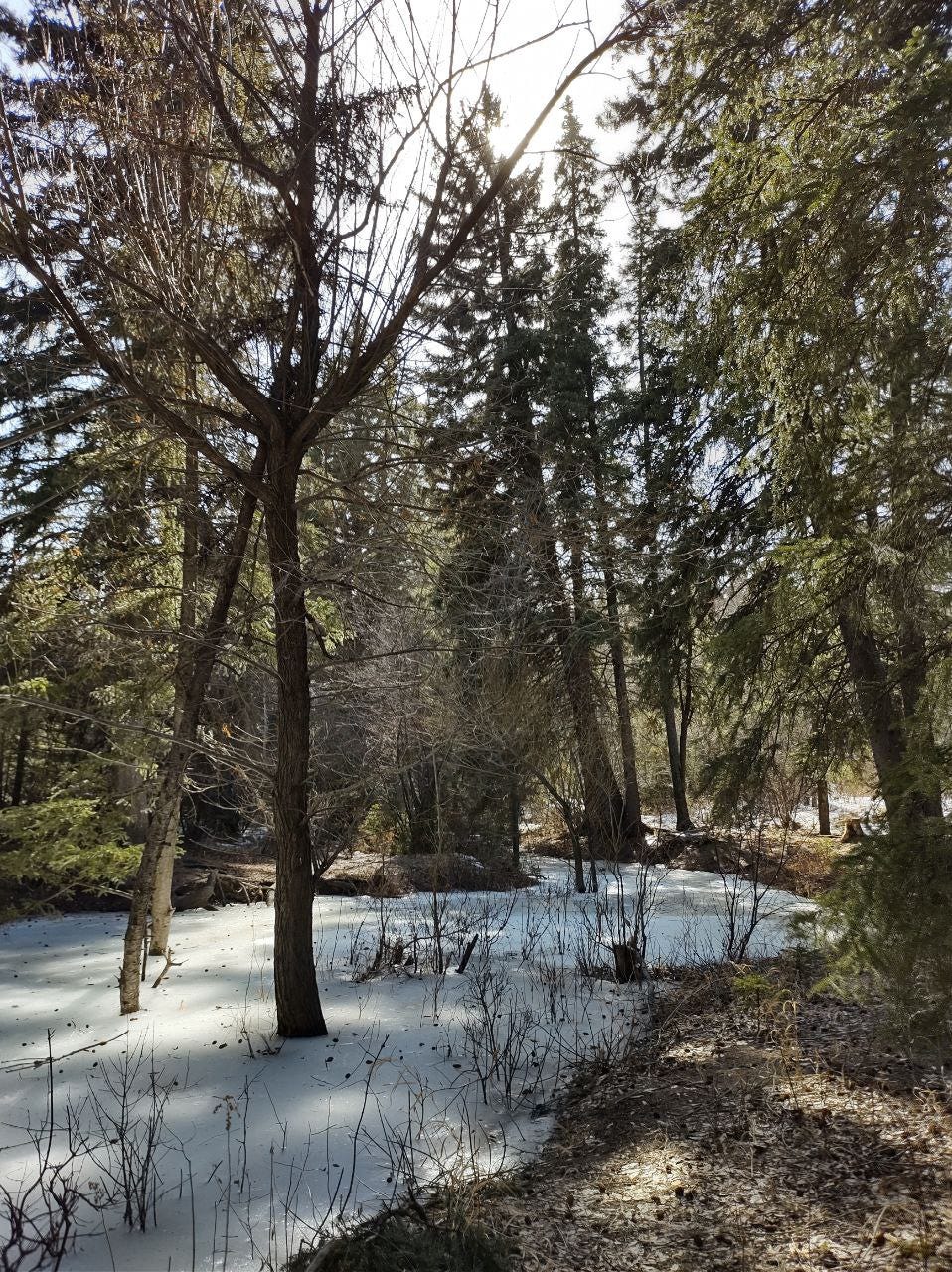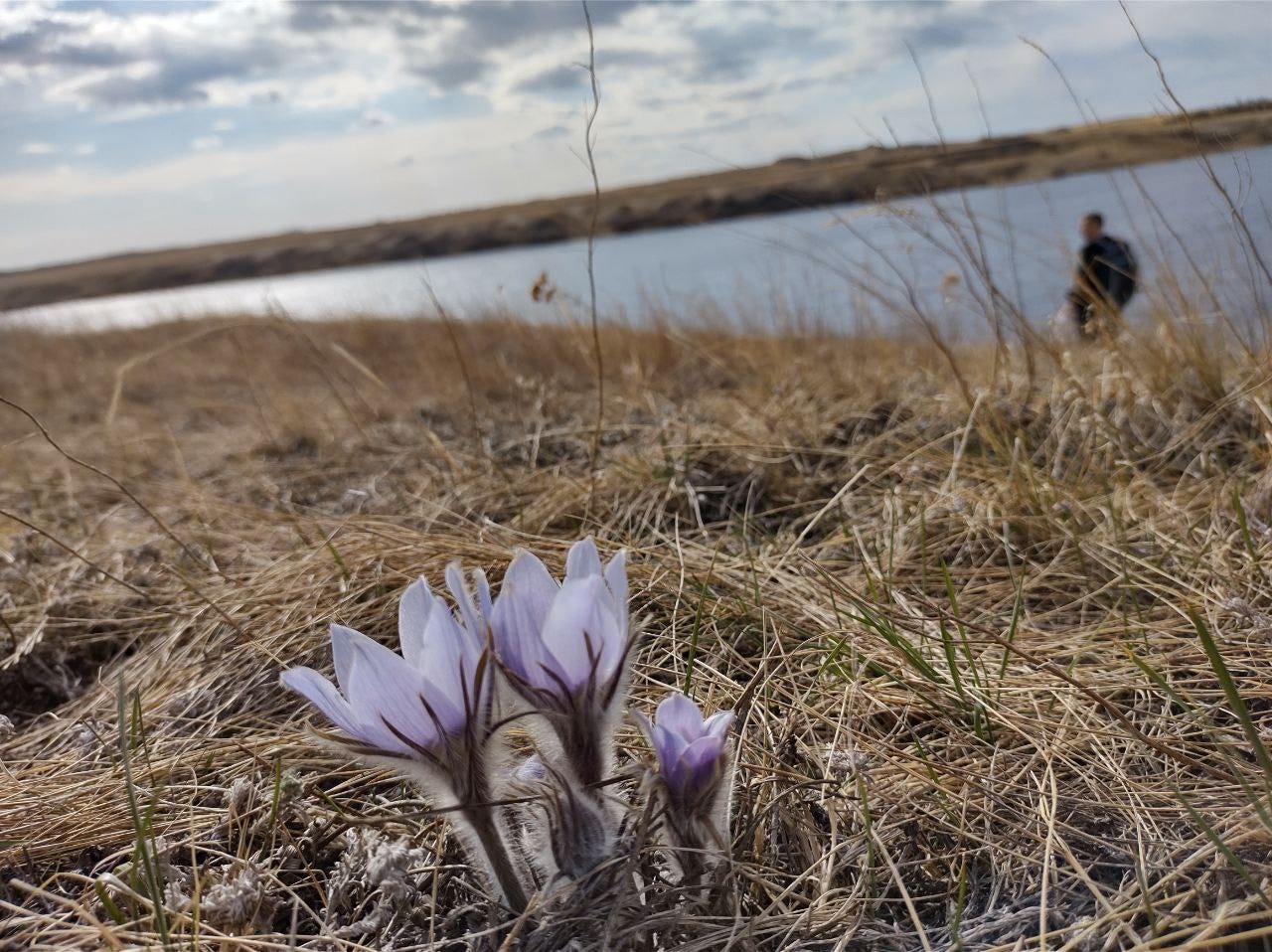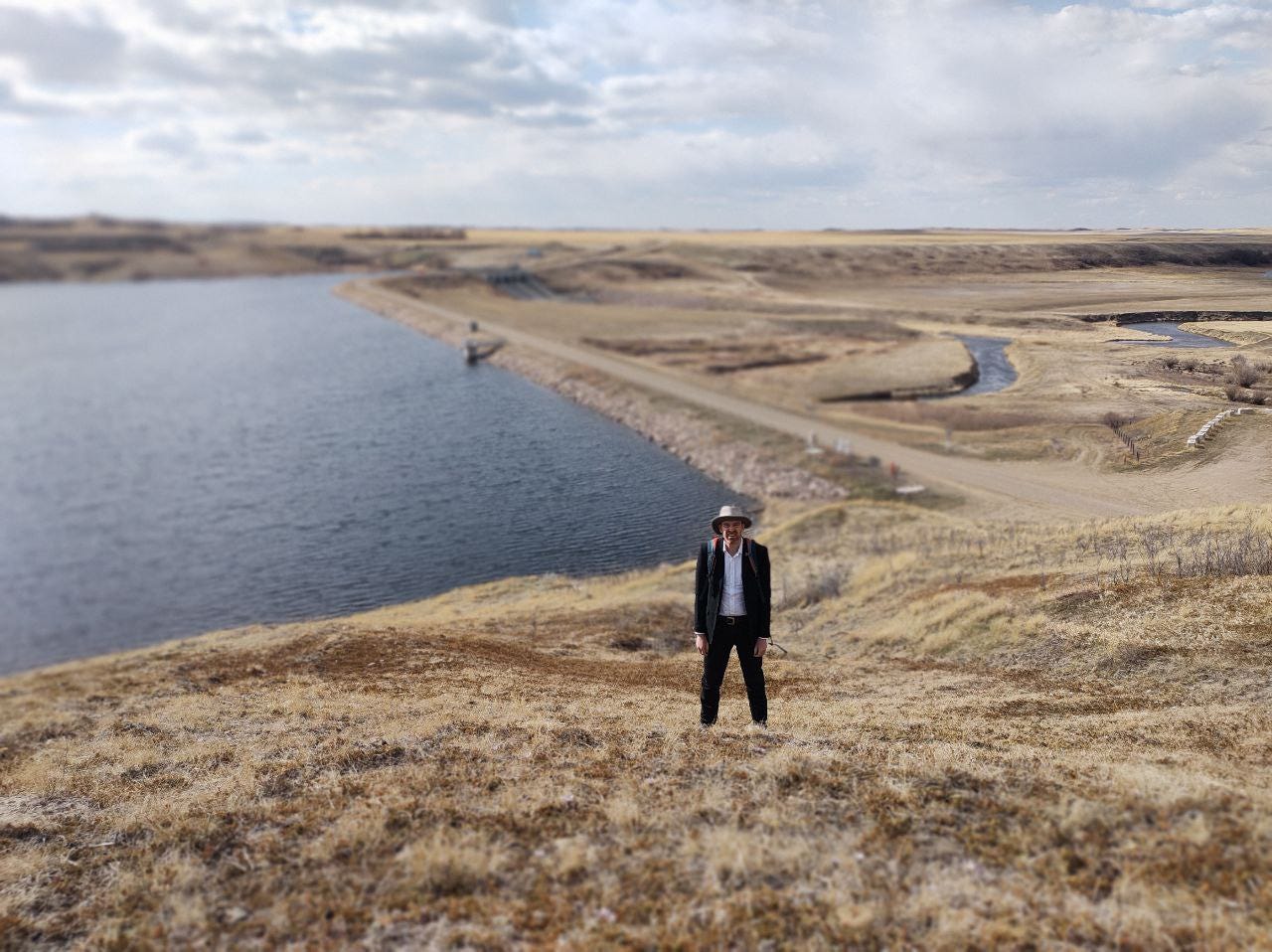春 Spring
Spring this year has got me feeling like a horse that never left the post, I lie in my room staring up at the ceiling, Spring can really hang you up the most.
It has been about a month since I wrote last and a lot has happened even though I am mostly standing still. It is the beginning of April and over the past few weeks the robins have taken over the foliage in the southwest Saskatchewan. Tiny new leaves of the perennials are peaking out of the soil over their frozen bleached ancestors of last year and the weather is slowly stabilizing. The weather through March was really variable with highs of almost 15°C and some days with -9°C. There was also a blizzard in the middle of all that when snow piled up a few feet in front of the door making it impossible to leave the house.
Over the past month, I attended a writing workshop which was quite a reprieve from everything else that was going on. I wrote fiction which was strange and wonderful and cathartic. I might put them out there for the world to see after a little bit of tweaking.
It has been about almost six months now since I came to Canada. It does not feel like it. What with all the Christmas lights still hanging outside houses and the quietness unchanging, it feels like time is mostly standing still. The only thing changing is the season. But over these five months, I have been waking up at 5 AM everyday and immediately starting work — trying to stay in touch with individuals on the other side of the world. This coupled with the lack of a routine meditation practice in the mornings and the lack of routine therapy has been slowly eating away at me. Unrecognizably at first… until I am in the middle of a panic attack and I can’t breathe. I am trying to think of how I let it get so far. I don’t know. Self-pity can be a blinding thing. I need to switch from that to gratitude. And I need to get more sleep.
Other than this sticky feeling, I have been reading books, painting eggs, and going for hikes. And waiting to feel less hung up.
Reading books
Over the past while, I have been reading many books set in apocalyptic earth, probably selection bias. I read — Moon of the Crusted Snow, The Stand, and The Broken Earth trilogy.
All three dealt with the topic very differently. The difference is similar to how Trollhunter and Godzilla deal with the topic of large monsters.
One takes a microscopic look at a first nations community during an apocalypse, another is set in the future where earth constantly builds and rebuilds itself, and the other is set on near present earth complete with a strain of influenza causing the apocalypse.
Books exude a certain colour or a range of colours when you read them. These are the colours of the world created while reading the book. The colours the words and sentences make in your head as you visualize time periods, conversations, or fights. Sometimes, watching a televised version of the book changes the colours I associate (this happened with Lovecraft Country and Harry Potter).
Moon of the Crusted Snow was about old ideas around communities and self reliance especially in very unforgiving conditions. Its colours were mainly white and frosted over. This is the second audio book that I listened to in my life and I am still warming up to the medium. I heard this during “the moon of the crusted snow” with white everywhere and in my head — causing dreams of frozen horses in lakes.
The Stand was almost saga-ish in its proportions with many characters, built slowly, and with everyone’s lives interweaving with one another and with the looming magic realism with images of good and evil. Its colours got more black and green with time.
The Broken Earth trilogy was a set of three books and maybe a slight stretch to fit into this category. It is post apocalyptic in that it draws images of isolation, self reliance, and lack of certainty about the future. It is a beautiful series with so much careful world building.
I am a sucker for characters with new kinds of abilities like Brandon Sanderson’s Mistborn series with its allomancers or the Orogenes in this series. I get physically excited for them when it is done well. I strap myself in for that ride and willingly suspend disbelief for the duration. It is more about creating a convincing persona around these abilities. The colours I painted this universe with while reading the book were that of the earth - reds and browns.
Painting Eggs
For Easter this year — to set the mood a bit, we took a dozen eggs, wrapped some foliage around them and boiled in natural dyes.
We collected leaves, stems, seeds, fruit that had fallen from the trees and bushes here. We wrapped them around the eggs and then dyed the eggs by boiling them in water (with a little vinegar) and beet peels or turmeric & chilli powder or onion peels or purple cabbage.
The end result was quite lovely. Some taking up the colour better than others. The biggest surprise were the reds from the onion peels which turned the eggs a rich burgundy. The colour comes from the Flavonol compound - Quercetin (which comes from latin word for oak - Quercus).
After a day of staring at said eggs, we made egg salad for lunch.
Hikes
The last couple of months, we managed to go on a few winter hikes — into Cypress Hills and to a lovely little provincial park called Pine Cree.
We went to Pine Cree on a windy day — and winds in prairies can be unforgiving with nothing in the way to slow them down. But as soon as you entered the valley it was suddenly still. The valley had through its centre a winding frozen creek surrounded by old conifers casting long shadows and streaming tunnels of light over this nestled park. You could hear the creaking of these old trees in the wind (sometime pretty violently) but not feel the wind. The shade and the silence and the snow really lent to the enchanted forest feel.
Side note: Conifers thrive — stately, green, and tall in what is essentially a block of ice. Trees are made up of mostly water and when the ground freezes over — in the case of trees in this part of the world down to temperatures of -30°C to -40°C — they come up with some strange ways to deal with it. They use the air pockets between the dead and live bark as insulation. Some parts of the tree especially the living bark starts through osmosis pushing water outside its cells making the liquid contents inside it into thick, viscous, supercooled sap that has a lower freezing point than water. And in the case of the Poplar tree (and many others), in really cold temperatures, the cells of the tree become glass — an almost dormant state that does not allow the cell to freeze even at temperatures as low as -60°C. This is a process called vitrification similar to how we blow glass or ceramics and how this actually happens is still being understood, but all of this is linked to the biophysics of water at really low temperatures [1].
In the beginning of April as the spring confusedly attempted to thaw the soil and then freeze it again, we also visited the Duncairn dam in search of Prairie Crocuses. These tiny flowering plants are also called windflowers because they are only found early in spring and in very windy places. We climbed the rolling hills around the dam to find its tiny hairy flowers thriving in harsh windy areas alongside other cacti. There is something about searching for these transient frail flowers seeking such harsh conditions to grow in. As a bonus we also saw hawks, owls, and deer.
(もののあはれ — mono no aware — translates to poignancy or awareness of impermanence)
Books read this past while
Why I am Not A Hindu: A Sudra critique of Hindutva philosophy, culture, and political economy — Kancha Ilaiah
The Island of Sea Women —Lisa See
The Overstory —Richard Powers
Moon of the Crusted Snow — Waubgeshig Rice
Daisy Jones & the Six — Taylor Jenkins Reid
Lovecraft Country —Matt Ruff
A Gentleman in Moscow — Amor Towles



